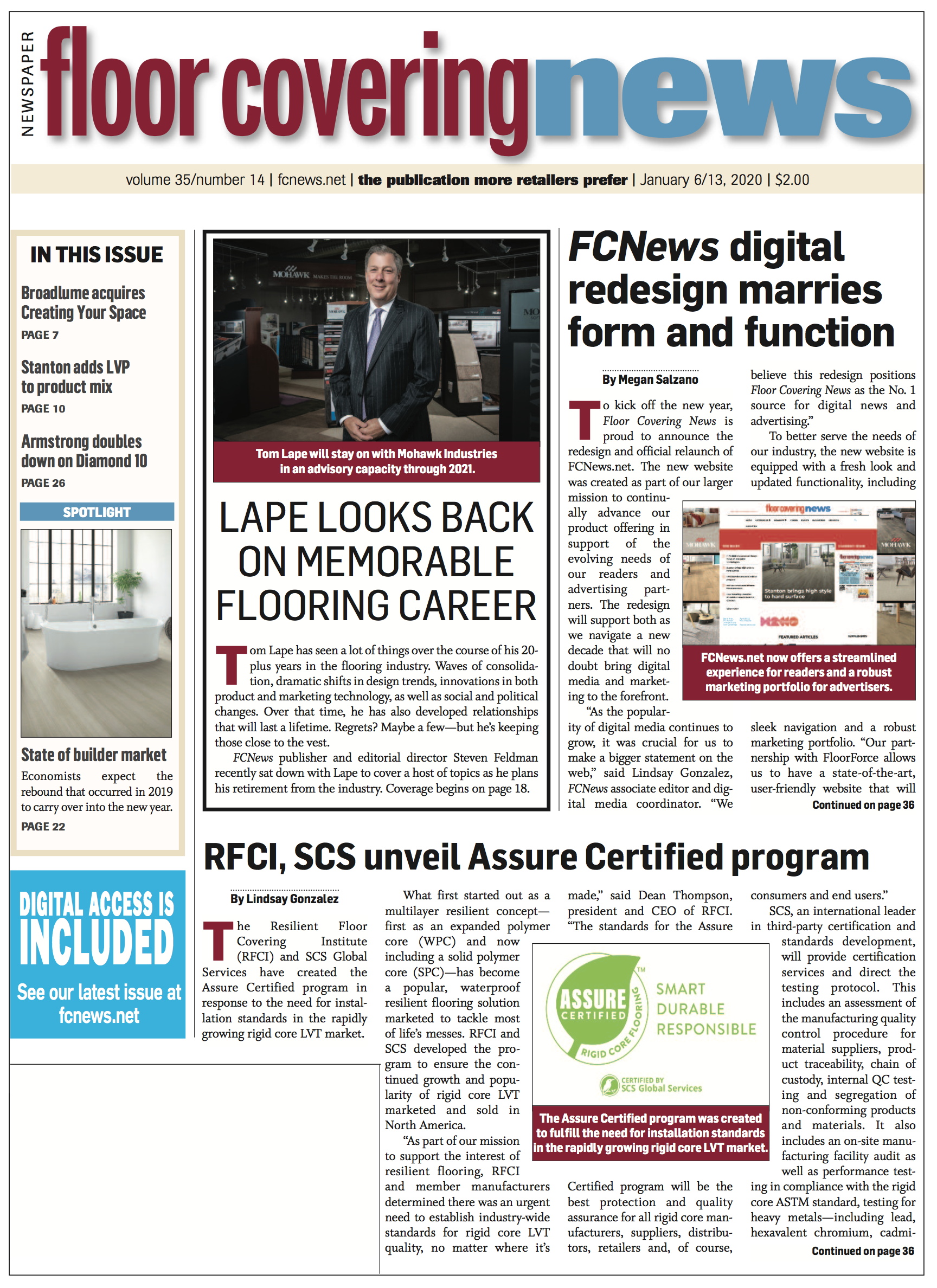Jan. 6/13, 2020: Volume 35, Issue 14
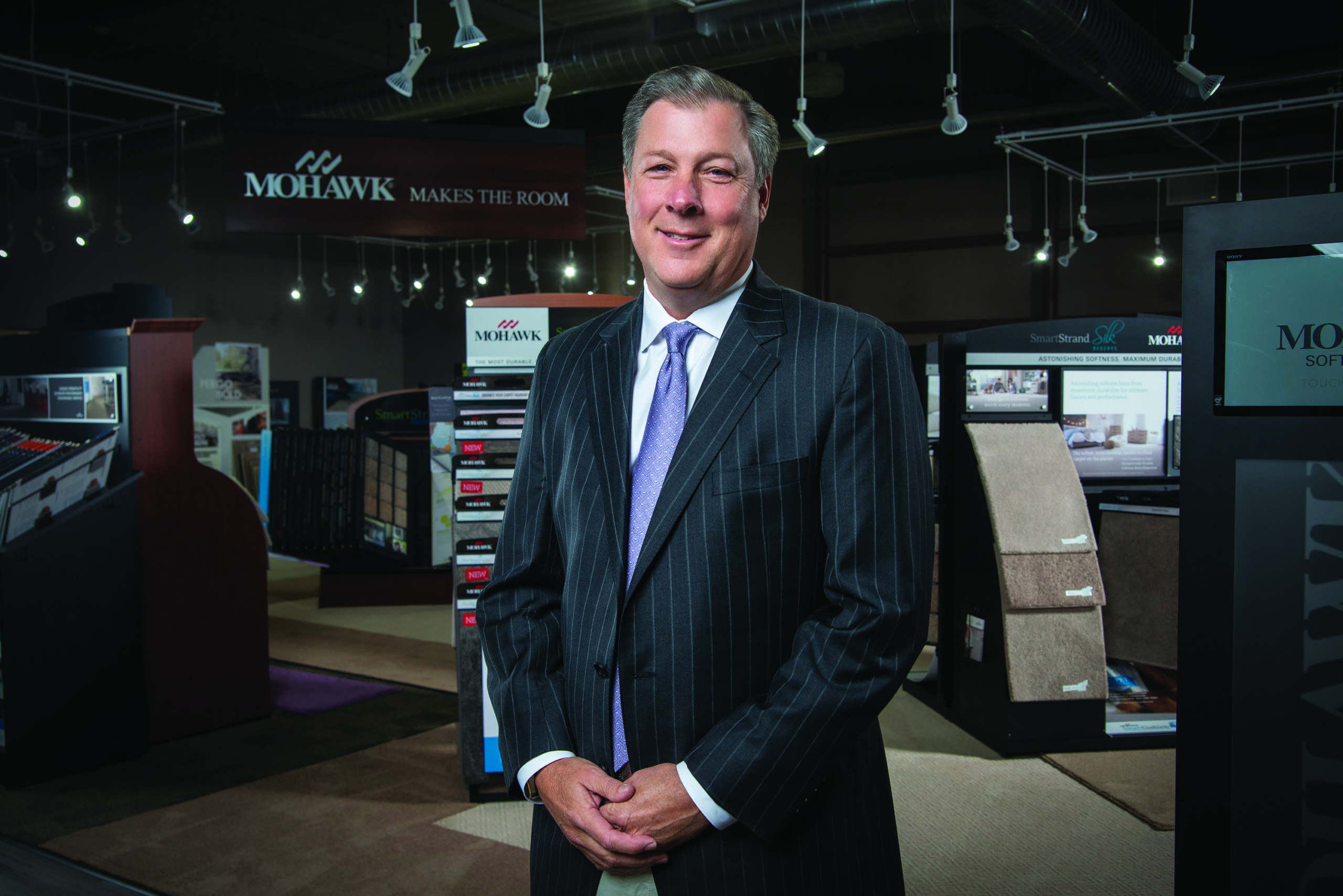 Tom Lape has been with Mohawk for 21 years, leading the company’s residential business for the past 13 years after heading up commercial for the previous six. Lape announced his transition toward retirement the past April, although he will remain with Mohawk through at least 2021 as a strategic advisor. FCNews publisher Steven Feldman recently sat down with Lape over cigars and scotch for a walk down memory lane as well as some random thoughts on the industry past and present.
Tom Lape has been with Mohawk for 21 years, leading the company’s residential business for the past 13 years after heading up commercial for the previous six. Lape announced his transition toward retirement the past April, although he will remain with Mohawk through at least 2021 as a strategic advisor. FCNews publisher Steven Feldman recently sat down with Lape over cigars and scotch for a walk down memory lane as well as some random thoughts on the industry past and present.
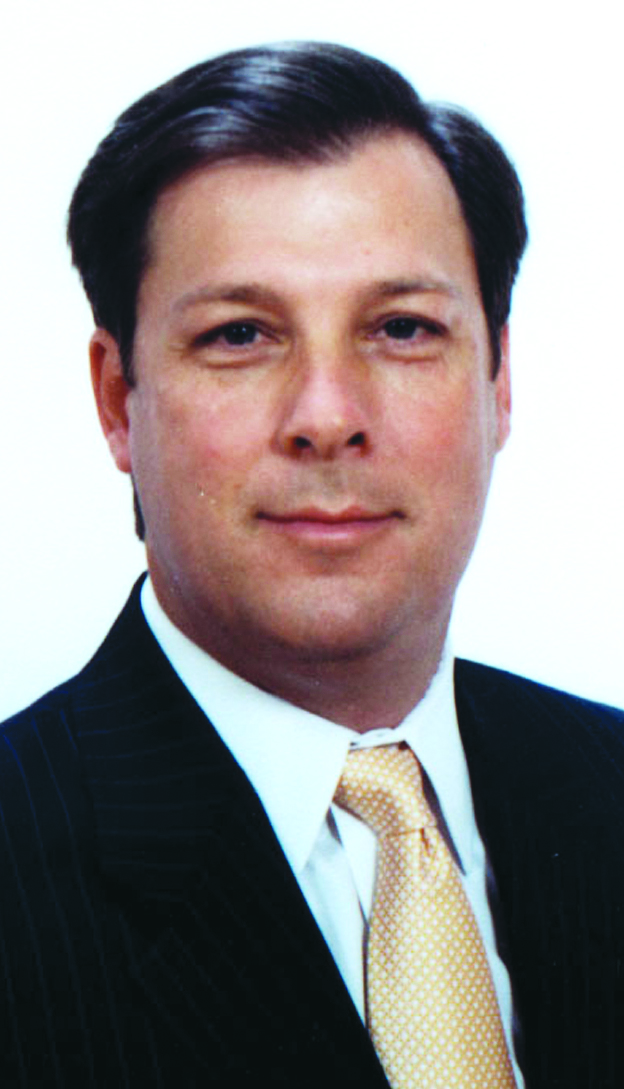 In the beginning…
In the beginning…
I started in the business in 1986 after graduating from Duke with a double major in economics and finance. In the early part of my career, I worked for Amoco in the fibers business, which was part of Amoco Chemical. I was building the very profitable Marquesa Lana business.
In those days, there was still a number of carpet mills—in excess of 100. The fiber deal was done only by the CEO of the mill. I had good relationships and access and spent a lot of time with just about every CEO in the business back in my 20s. I learned a lot from all of them.
I loved the business because they were all entrepreneurs. It wasn’t very corporate at that time and these guys were all unique.
 Hello Dalton
Hello Dalton
Dalton was a one-industry town, but I had the benefit of getting to know a lot of the people through the business. No doubt playing golf in college helped me to form great relationships with the executives of the various carpet mills. It wasn’t just business relationships. A lot of my closest friendships were my biggest competitors, many to this day are some of my best friends.
Someone once told me that in Dalton we would carve each other’s heart out with a spoon during the week, then give each other the shirt off our backs on the weekends. It was a very competitive town. I love competition, but I always found there was a code amongst the executives that you tried to play fair, play straight.
How his ‘World’ became Mohawk
I did a partnership with Johnny West and Clay Miller with Sunrise back in the early ’90s. We ran that company for about four or five years, and they had aggregated about four or five small companies together under what was Sunrise at the time. We ended up selling that entire company to World back in the mid to late ’90s. We had all committed to stay for three years. About halfway through the three-year commitment (1998), World and the Shaheen family sold to Mohawk.
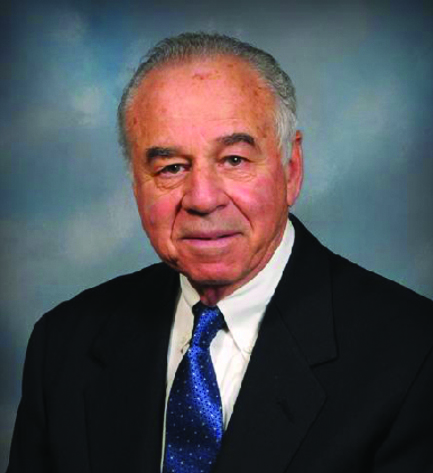
The early influencers
Johnny West and Clay Miller. They brought me in as a partner early on under some pretty challenging times. While they were two very different personalities, I learned a lot from them. With Clay, I learned about
relationships. He was one of the best relationship guys in the business. Johnny was a very astute businessman. He came from customer service at Coronet and ended up starting a carpet mill with very little money. By the time it was done, it was a near $150 million business.
David Polley. I learned strategic execution at an early age as well as relationships. David had very deep relationships in the business. He taught me how to take calculated risks.
Jeff Lorberbaum. He’s the most tenacious leader I have not only worked for, but ever met. He is very strategic and aggressive. He has taken very calculated big risks. I learned a lot from Jeff on how to execute and run a profitable business.
These are the breaks
I spent most of my career on the commercial side of the business and had very deep relationships with many of the flooring contractors. I joined Mohawk under the commercial arm of the company and picked up full responsibility for the division in about 2000. We had done some acquisitions during that time: Burlington/Lee’s, Durkan. Post 9/11 was a tough time to be running commercial. I feel like I caught two falling knives—commercial right before the 2001 downturn and then catching residential right at the 2006 downturn.
You can always come home
I came back to the industry because I missed it. I’ve always loved this business. I like the people. I like the competitive spirit of the industry. I really missed that connection with competitively operating in the floor covering business. It’s a great industry and one of the biggest decisions a consumer is going to make. It’s a $60 billion business at retail.
There are a lot of opportunities to compete, and win, and innovate. I think that’s really been a unique challenge. I think one of the benefits over time was we were able to take some pretty big risks at certain times. Not all of them paid off, but a number of them did, and it was always fun to take on the challenge.

The early customers who made an impact
Fred Shahadi, Al Jones, John Bell and Norm Long are some of the early icons of the commercial business. They were all entrepreneurs, but each was a unique personality.
On the residential side, Alan Greenberg was one of the most astute businessmen I had dealt with. Alan was aggressively passionate about his business. But he could turn that off so quickly, and I learned to decouple the business from the personal.
John Millar at Avalon was a merchandising junkie. You’d find yourself talking about merchandising at dinner and at breakfast the next morning.
From commercial to residential
Monte Thornton, who was another mentor of mine, had a lot to do with that decision. Monte really had confidence in making that move, perhaps even when I questioned it myself. It was one I wasn’t expecting, but it’s clearly a larger-scale business. There are more moving pieces than there are in commercial.
I’ve always equated commercial and residential to playing golf, except when you go up to the first tee, they say stand on the other side of the ball. Yes, it’s a golf course, but it’s a totally different perspective, and it is a totally different business. I’d like to think we tried to do some of the things we did to differentiate in commercial on the residential side of the business, whether that’s product, marketing or merchandising. I always believed being successful in residential meant you wanted to do something unique and different. A good example being SmartStrand. We did it because we thought it was a great product where we could build a brand and following and a distinct advantage for Mohawk over our competition.
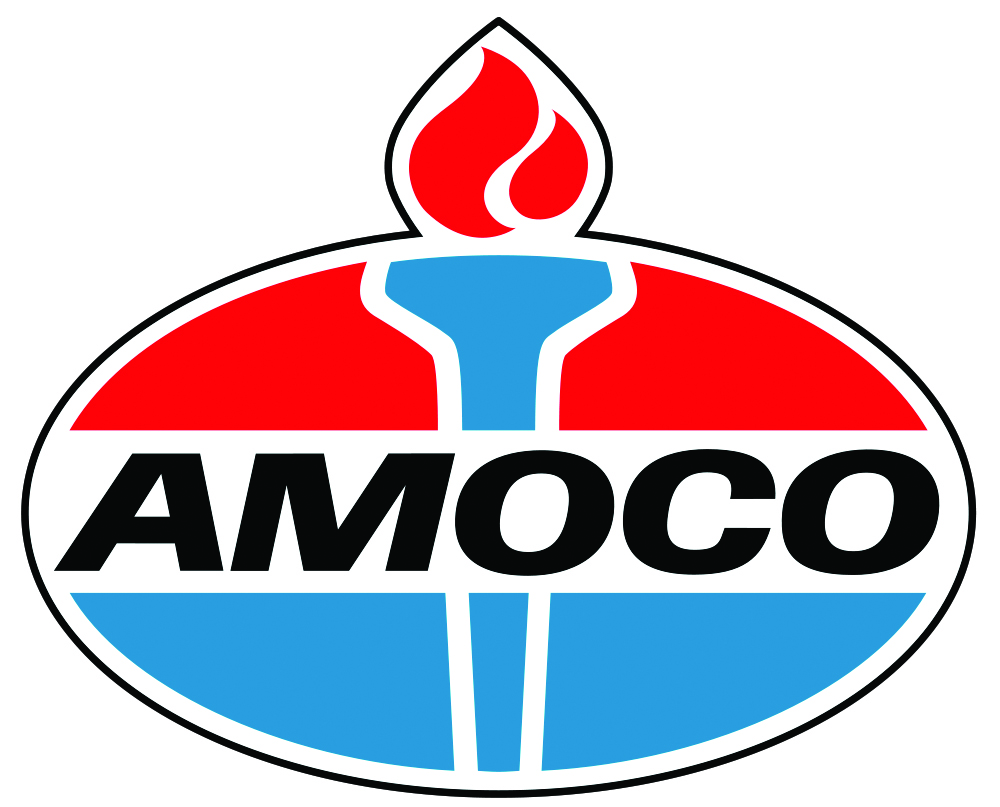 Turn, turn, turn
Turn, turn, turn
Joining Mohawk was a turning point, and then moving from commercial to residential. Another one was returning to the industry. I did leave back in the early ’90s after we sold the fiber business to Shaw and Amoco, and spent two years with Amoco Chemical in Chicago.
Six people
Michael Goldberg. He’d deliver.
Olga Robertson. Terrific merchant, and she is also a product junkie, very knowledgeable product wise, and she blends merchandising and product.
Harvey Nussbaum. With Harvey you could cut a deal. He was tough as nails. He would tell me “no” even when it hurt, and if he gave his word to the other guy, I couldn’t break it.
Bruce Odette. Strong businessman; built a phenomenal culture at his company, and probably one of the best single marketers in the retail industry today.
Doug Chadderdon. Doug has run an exceptionally successful business in multiple channels.
Donny Phillips. Donny has found triple success: retail, builder/multifamily and commercial, which is very rare.
 Ch ch ch changes
Ch ch ch changes
You look at product and distribution and you can see sizable changes on both sides. I think we can say everything has increased its pace with the consumer on product changes and cycles and selection and deselection. For example, 10 years ago vinyl was yesterday’s news and now it’s the hottest flooring category. So, that pace with which categories come in and out have accelerated.
We have seen a lot of these large specialists in the business, whether that’s home centers or some of the so-called category killers, even in flooring. Let’s face it, good competition makes everybody better. I think the home centers, when they do well in flooring, ups the game of the independent retailers and, believe it or not, over time everybody does win when the marketing gets a little fresher, the product gets a little better.
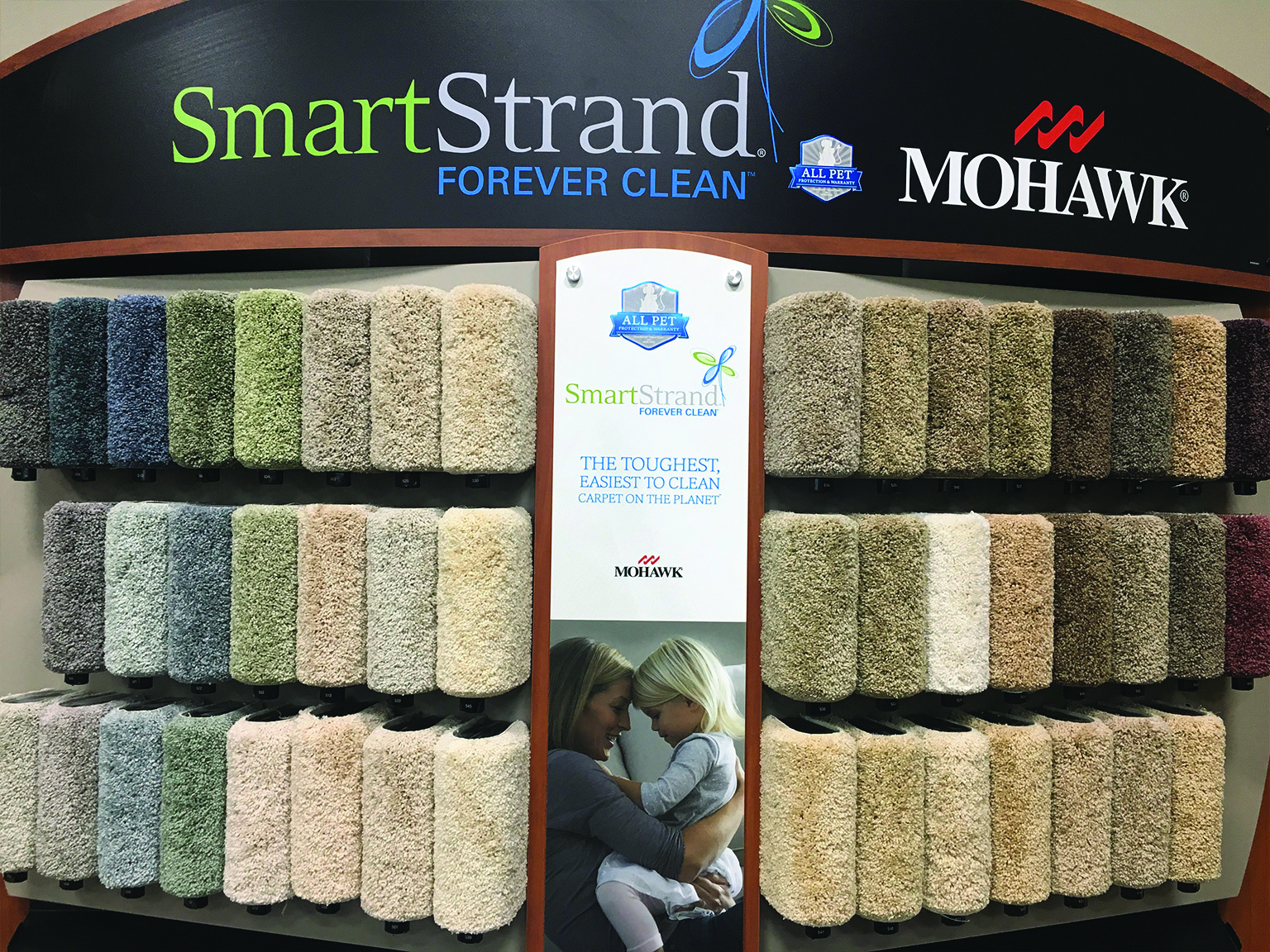 The innovations
The innovations
If you look at true transformational innovations, clearly SmartStrand has been a large platform that Mohawk pioneered. Mohawk has managed to create a culture that embraces innovation.
If you look at a carpet company evolving into not only a flooring company, but a global flooring company, the innovations would be too long to list. The Unilin business, the Dal-Tile business, the IVC business, which were probably Mohawk’s three most transformational transactions, it’s pretty incredible what the collective companies have been able to accomplish globally as a result of these acquisitions over time.
Competition is good
You have to respect what Bob Shaw has done. He’s a disrupter. I’ve always said this about Bob Shaw: he bets right and he bets wrong, but he always bets big. If you want to win big, you have to bet big. But the reality of it is, just like with the home centers making the retailers better, Bob Shaw probably made us better. There’s nothing wrong with good competition; it’s a good save against complacency.
Why companies fail
Typically, what you find is they starve investment. They either stop investing or they stop innovating. If you look at the companies that have succeeded in the industry, that’s the one common denominator you find. If you look at the companies that essentially have not stood the test of time, that’s also the common denominator.
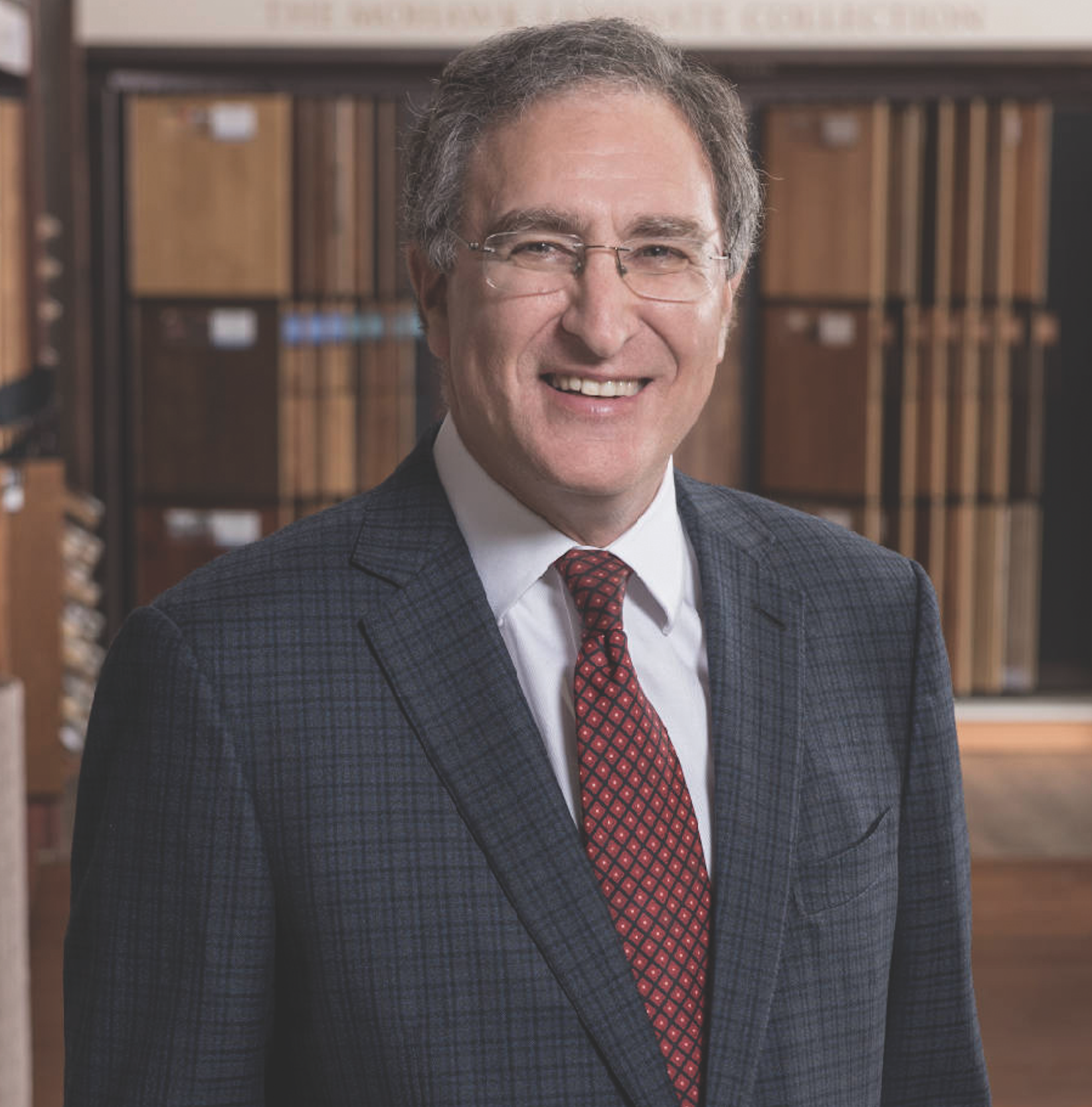 The one constant
The one constant
From a Mohawk perspective, the most influential constant has been Jeff Lorberbaum. He has continually redefined the company and always challenged the status quo. You could say Mohawk has more or less reinvented itself every three to five years. It’s pretty incredible what the company has accomplished under his leadership.
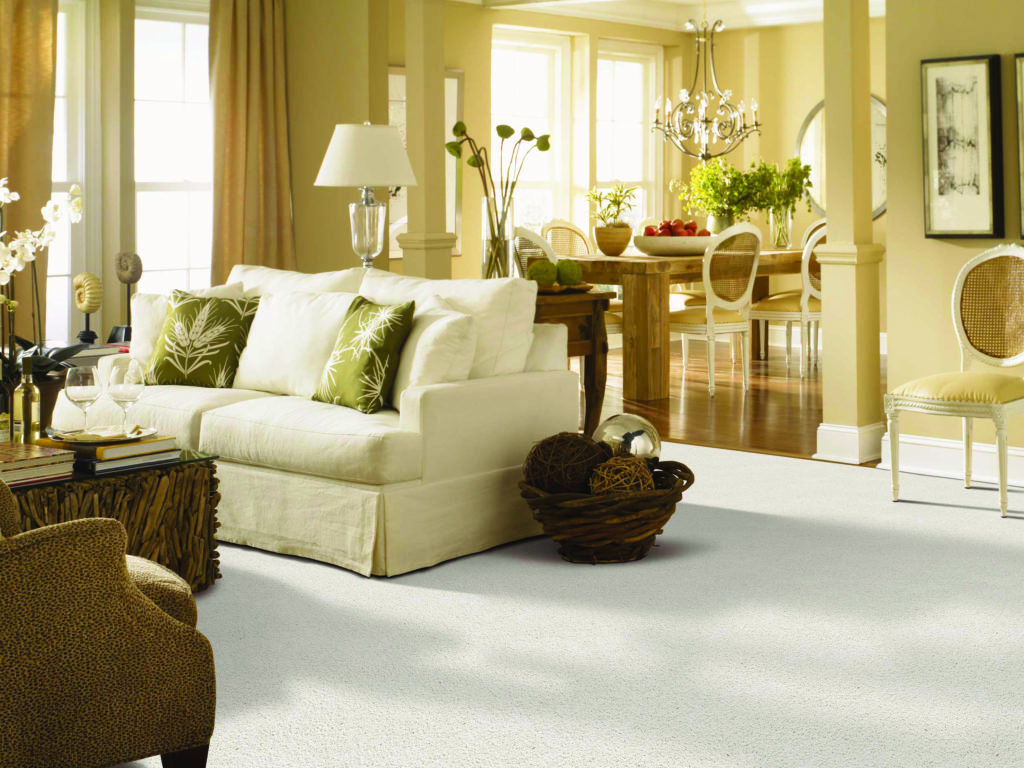 Memorable products
Memorable products
SmartStrand Silk would probably be one of the most memorable that I was involved with. We found we could actually produce a soft performing product that is almost visceral with consumers when they put their hand on it.
Another one was Continuum. If someone said 10, 15 years ago you’re going to make 100% recycled polyester, everybody would just assume it would be a staple product. There was even a time when everybody said you couldn’t put recycled content in foam. To say we have been doing that for many years quite successfully with our Continuum technology, that is an extraordinary breakthrough in product innovation.
Advice for newbies
Stay with what you know and stick with an industry. Today you don’t see as many young managers putting roots down in an industry. The one very good thing about this industry is that 25 years from now the only thing different about floor covering is we will need more of it. This product is not going away, but it’ll be a different product, probably sold differently, probably installed differently. But unquestionably, this industry will have tremendous opportunity for a young person to enter it. If I ever get the chance to mentor any young managers in the industry, I can’t think of anything I would more look forward to doing.
What I’ll miss the most
The culture at Mohawk is an intense, high-performance culture. It requires you to be prepared, and it requires you to have a grasp of the details of the business. And it requires you to be aggressively competitive every day. I’ll miss that.
I would have liked to have seen…
I would like to have seen, not only ourselves, but our industry, be more successful on true unique brand differentiation of our products than we have been. I would have liked to have seen each company, with ourselves at the top, driving brands that just dominated the consumers’ awareness and selection more than it does today, and I think that represents one of the biggest opportunities. I think Mohawk has done a great job on the products. While we have done well with our brands, there is much more to do to create great brands that connect with consumers.
 What’s next?
What’s next?
1. First of all, I’m not going anywhere. I’m still very closely aligned with Mohawk and working very closely with the team.
2. I will be taking a bit more family time than I have in the last 10, 15 years.
3. I have several businesses outside floor covering with which I am involved.
4. My son started at Furman in September on a golf scholarship, and I look forward to making up for some lost time being the one father who’s out there in rainy weather watching his son play golf.
How the consumer has evolved
First, the consumer is more informed and knowledgeable. Second, she is a little more inclined to try something new and different than she may have been in the past. Between all the different home shows and digital media today, with all the different mediums that show consumers different ideas like Pinterest, that has made her bolder in her flooring selections.
Also, I think you’ll see the consumer looking at her home as a multitude of small projects that don’t necessarily require one monolithic floor for an entire wing or level. That means the consumer is more product and fashion conscious. If that’s the case, the better you market, the better you design, the better you innovate, the more you should be able to connect with that consumer.
Proud of…
1. The team I’m leaving in place at Mohawk is among the best I’ve worked with.
2.I’d like to think I don’t have a lot of enemies in this business. I have a number of friends. Those are relationships I’ve tried to work on. Not all of them have been perfect, but there are a lot of relationships I’m proud of.
3.I always tried to live by a simple code: the product first, the company second. The individual, we were never the story.
The best golfer
Donny Phillips. Hands down.
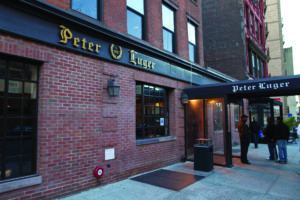 The best restaurant
The best restaurant
Peter Luger’s in Brooklyn. We play a game: last round, last meal. We call it the electric chair. You’re going to the electric chair the next morning. Where are you playing golf the day before and where are you having dinner that night? I’m going to tee it up at Cypress Point (Pebble Beach) and have dinner at Luger’s.
34 years, one word…
Thankful.

